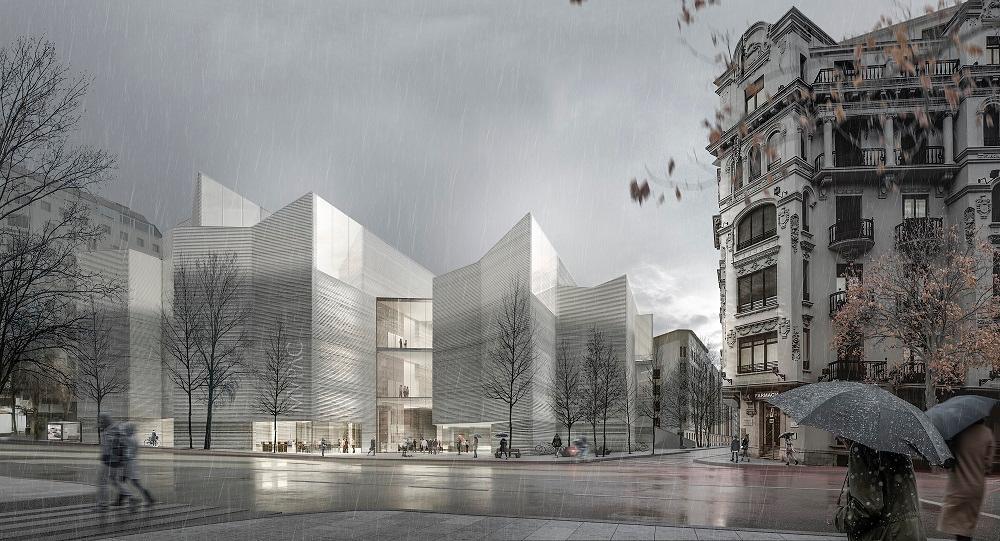
- The new Museum of Prehistory and Archaeology of Cantabria (MUPAC) will adhere to sustainability criteria and will be located in Santander.
- The project aims to preserve and display the region’s archaeological and Palaeolithic art remains, which are recognised under UNESCO’s World Heritage programme.
- The new MUPAC also aims to become an advanced hub for prehistory research and a pioneer in the use of digital tools.
The European Investment Bank (EIB) has signed a €35 million loan with Instituto de Finanzas de Cantabria (ICAF) for the construction and rollout of digital infrastructure of the new Museum of Prehistory and Archaeology of Cantabria. The loan will be used for the financing of the construction of the new MUPAC building, displaying Cantabria's archaeological heritage.
The urban integration of the new MUPAC will include the application of accessibility and sustainability criteria. The project is part of Santander’s General Urban Development Plan, and is among the actions the EU bank is taking to support urban regeneration and integrated urban development projects.
In addition to the exhibition halls, the building will also have a lab and other research facilities, and will house regional government offices. The project also includes the implementation of the MUPAC Digital Plan, focused on digitalising the museum's collection and installing AI-assisted virtual and augmented reality equipment. This plan is coordinated with the digital connectivity plans of the rural areas of Cantabria where the caves associated with the artifacts displayed in the museum are located. Lastly, the project will include the purchase of scientific and laboratory equipment.
The EIB financing will also help foster economic and social cohesion and gender equality. The new MUPAC will be in Cantabria, a region where per capita GDP is lower than EU average, and it will include a gender-based perspective in both its narrative and exhibition design to highlight the role played by women and other demographic groups such as children and older people in prehistoric society.
“We are delighted to be able to contribute to the financing of the new MUPAC and the display of Cantabria's rich archaeological heritage, recognised under UNESCO’s World Heritage programme. The EIB loan reflects the EU bank’s commitment to safeguarding our cultural heritage and making it accessible to all,” said EIB Vice-President Ricardo Mourinho Félix. “We are certain that the EIB’s work with Instituto de Finanzas de Cantabria and the MUPAC’s commitment to research and digitalisation will make the museum a centre of reference for prehistory benchmark in Europe.”
ICAF Managing Director Jesús Bulnes Peláez added: “It is an honour to have the EIB on board for financing this project of strategic interest for our region, not only because it will enable us to promote our excellent rock art and archaeological heritage, making it an international benchmark, but also because it will contribute to regional economic development.”
Background information
About the EIB
The European Investment Bank Group (EIB Group) — formed by the European Investment Bank (EIB) and the European Investment Fund (EIF) — reported another year of excellent results in Spain, with record support for climate action and environmental sustainability projects and €9.9 billion of total financing signed in 2022.
About ICAF
Instituto de Finanzas de Cantabria (ICAF) is a public law entity in the institutional public sector of the government of Cantabria. It aims to make a sustainable contribution to Cantabria’s economic and social development.
ICAF has already worked with the EIB on this goal in the past, securing financing for public educational infrastructure and heritage preservation, as well as for making it easier for the region's small and medium-sized enterprises (SMEs) to access credit.